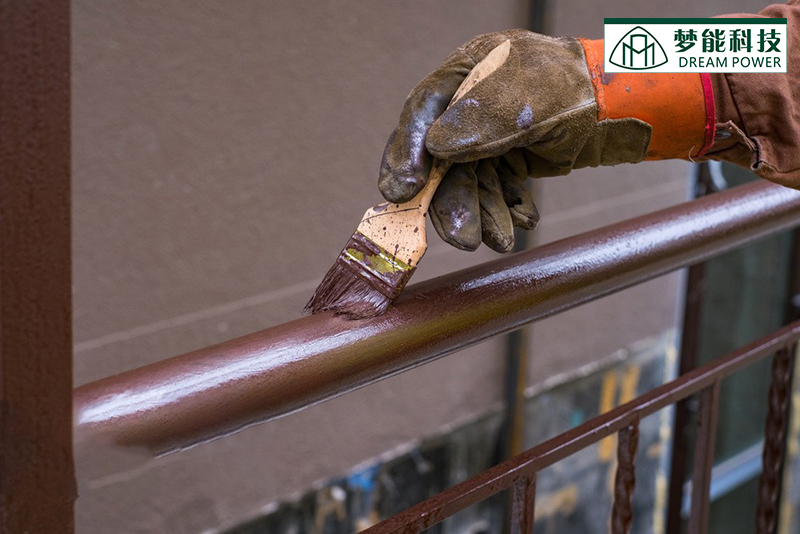How to quickly and effectively evaluate coating dispersants?
Coatings are a complex multiphase system
Coatings are a complex multiphase system, where various pigments, fillers, and powdered additives need to be fully dispersed to function properly. Dispersants are additives used to disperse solid powdered materials into water, forming a uniform and stable solid-liquid dispersion. Dispersants are typically high-molecular substances that contain affinity groups for pigments and charged long-chain segments. Dispersants play a crucial role in preparing aqueous dispersion systems for many powdered materials such as pigments, fillers, polishing powders, titanium dioxide, ore powders, and resin powders.

Deflocculation Process of Powdered Materials
The commercial form of powdered materials is flocculated powder particles, which are not true primary particles. During the preparation of aqueous dispersions, these flocculated materials must first be broken apart, a process known as deflocculation. This process typically requires the dispersant to reduce the surface tension of water to achieve wetting of the powders. After deflocculation, the specific surface area of the particles increases rapidly, and the system’s energy (from mechanical energy) increases. In this state, particles automatically adsorb surfactants and dispersants from the water to reduce the surface energy of the system. Through this adsorption, the dispersant molecules with affinity groups anchor to the surface of the pigment particles, and non-anchored chain segments extend into the water, forming a coating around the particles. This coating itself carries a certain charge, making the dispersed particles charged. Particles with the same charge repel each other, stabilizing the dispersion.
How to Evaluate Dispersants
Currently, there are many brands of additives, and how to quickly and effectively evaluate dispersants is something every coating formulist needs to face.
Aspects to Consider When Evaluating Dispersants
1. Pay attention to the product specifications of the dispersant
This refers to the effective substance content. Don’t just ask for the price. For example, BYK offers two products, BYK-180 and BYK-190. BYK-180 has an effective substance content of 80%, while BYK-190 has 40%, meaning a difference of half the content.
2. Distinguish between high-molecular and low-molecular dispersants
Take 2g of dispersant and place it in an oven, heating it to remove the solvent. If the remaining material is a solid or semi-solid resin film, it is a high-molecular dispersant. If it is still a flowing liquid, it is a low-molecular dispersant.
3. Test compatibility with resin systems
Solution miscibility and film compatibility.
4. Evaluate the performance of dispersants
Limit pigment method: Design a grinding formula, fix the resin and solvent amounts, and disperse at high speed while intermittently adding pigment until no more can be added. Dispersants can be replenished during the process. Test multiple dispersant samples under the same conditions. Compare the pigment addition amounts for each dispersant. The dispersant with the highest pigment addition wins.
Mengneng Technology
Mengneng Technology is a company dedicated to the sales, solution design, and application construction of coatings. It specializes in industries such as EMI, industrial equipment manufacturing, bridge steel structures, petroleum and petrochemical, special gases, thermal power, wind power, and hydropower, focusing on heavy-duty corrosion protection. Mengneng Technology provides comprehensive services to users, including recommending appropriate paint matching solutions during the design phase, offering high-quality products and construction services, as well as complete on-site technical guidance and excellent after-sales services during collaboration.